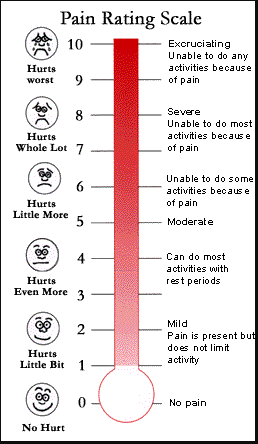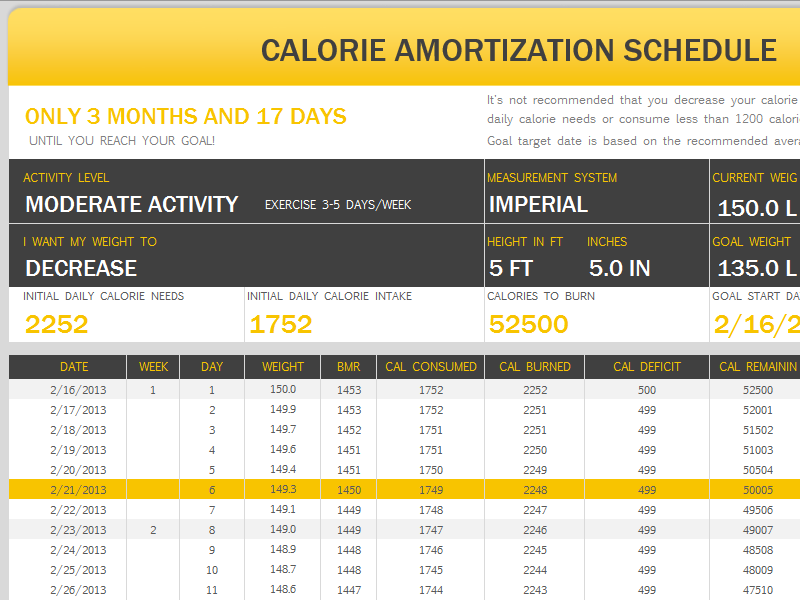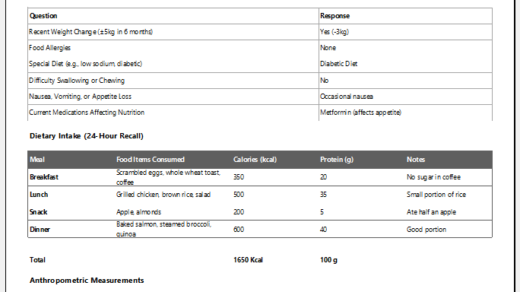The elbow is the junction between the arm and forearm. It is an important landmark that gives passage to a lot of nerves, arteries, and veins to enter the forearm and wrist leading to the hand. The elbow is identified by a prominent olecranon process and an elbow pit. If we bend the forearm, we can appreciate the medial and lateral epicondyles.
It will be information of interest for most of you to know the origin of the name. The Latin name for the elbow is cubitus. This is the reason we mostly refer to this name while describing anything about the elbow. Cubitus fossa which is a depression on the anterior of the elbow joint is one such example.
Some information about the elbow joint
The elbow joint is the junction between the bones of the forearm with the humerus. Humerus connects with the radius and ulna of the forearm and allows a wide range of movements at the elbow bringing more mobility to the upper limb. It is a synovial joint of hinge variety. The joint is supplied by the nerves that come from the brachial plexus. Branches from the brachial, ulnar, and radial arteries make an anastomosis to supply the elbow joint.
Pain at the elbow and elbow pain chart
Different clinical conditions of the elbow can lead to different types of pain and movement problems. For example, the inflammation of the tendons of the elbow joint can result in pain at the elbow joint. Tennis elbow and golfer’s elbow are two different kinds of clinical manifestations of the same inflammation. The only difference is that tennis elbow causes pain and inflammation due to the involvement of the muscle tendons present on the lateral epicondyle and golfer’s elbow occurs due to inflammation of the tendons at the medial epicondyle of the humerus.
Extreme pain location
Fractures and dislocations of the elbow joint are also responsible for extreme pain and restricted movements due to the involvement of muscles and nerves. Similarly, infectious diseases like septic arthritis also contribute to many different kinds of pain at the elbow and its surrounding areas of the upper limb.
- The elbow pain chart is used for the charting of type of pain and using this chart for the assessment and diagnosis of the underlying cause.
- The elbow pain chart is initially interesting in the patient details because it gives a lot of information that might be used for the diagnosis and management of elbow pain. The name of the patient, age, sex, occupation, other activities, and other parts of the history are always included in the elbow pain chart.
- Then the history of any recent or past injury or surgery is also mentioned especially if it is involving brachial plexus and local injuries to the elbow.
- The site of pain and the alteration of sensations is also mentioned in the elbow pain chart so that the hospital can use this data to use for active and prompt management of the patient.
- In the end, the probable diagnosis and the plan for management are mentioned in the chart with the signatures of the patient.



